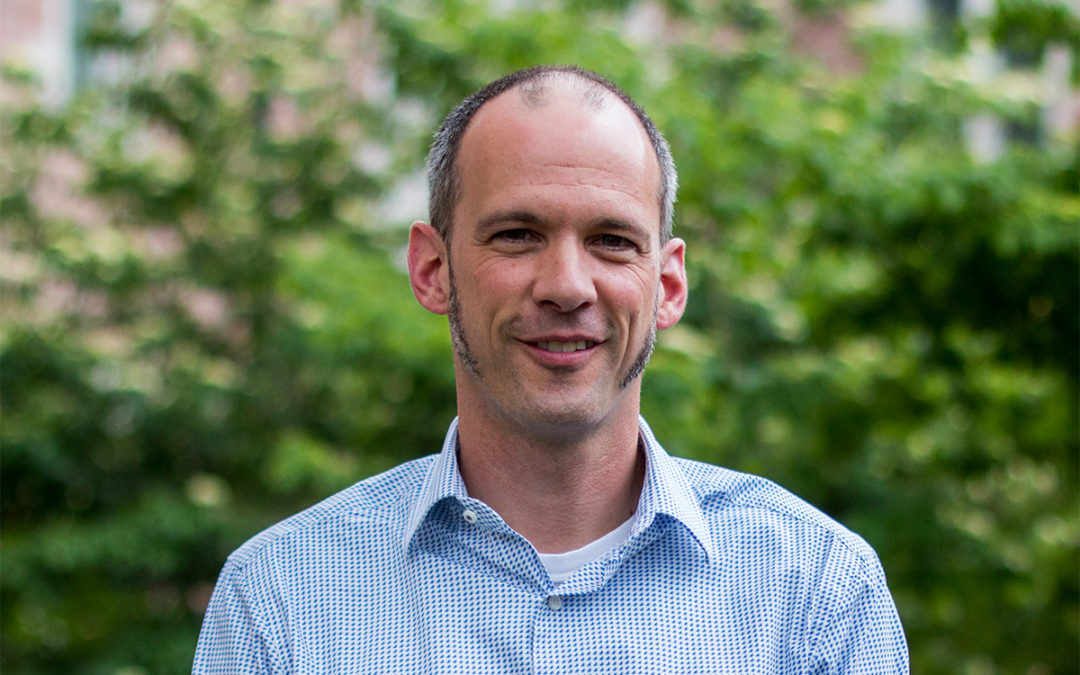As a part of both Belmont’s 19th annual Humanities Symposium and Debate 2020 Programming, the College of Liberal Arts and Social Sciences hosted David Cunningham for a conversation on the commemorative landscape of the racialized past through monuments and the stories they continue to tell today. Cunningham is professor and chair of sociology at Washington University and is a nationally recognized scholar on topics of causes and consequences of racial contention.
Cunningham began this conversation by explaining how telling the stories of contested monuments and their commemorative landscapes can enable us to think generally of how we see the world around us. Both spectacular monuments, such as the Robert E. Lee Monument in Richmond, Virginia, and modest examples, such as the small plaque honoring Mae Beth Carter at the base of a tree at the University of Mississippi, can impact their communities.

“Facing these histories with courage can take the form of these grand, spectacular reimaginings of spaces, as we see in Richmond today, but also can take the form of equally courageous, more modest efforts,” said Cunningham. He encouraged students to think in both grand ways and ways in which everyday actions can transform these conversations to think about our surroundings in the places we traverse and reside in different ways.
Cunningham shared three points on engaging legacies of racial injustice. First, Cunningham stated the social meaning of a monument shifts in relation to its surroundings. A dialogue occurs within the proximity of commemorative objects. He explained this with the campaigns that have occurred over the past five years not to remove statues, but to contextualize them. He acknowledges that it is important to recognize the existence of historical monuments but also continue to move the conversations they start forward.
Secondly, the impact of movements to address the monumental landscape differs based on how monuments are recontextualized. This further expanded his first point by providing examples of how monuments are often recontextualized and what effects can result. Erasure, entirely removing a monument, has often resulted in also removing the conversation surrounding it from public debate. Cunningham posed the question, rather than entirely removing a monument, what can be done to transform its meaning? Repositioning is another option to modify and relocate the monument to become less of a significant commemoration and more of an object of study to be critically examined.
Amplification is yet another option to recontextualize a monument. This involves keeping it in its place but contextualizing it more broadly to create a basis for a movement. An example of this is the Robert E. Lee Monument becoming an open canvas today as site of critique and further discussion. Other ways of recontextualizing contested monuments have been the addition of new art in close proximity as protest. Pieces like Kehinde Wiley’s “Rumors of War,” opposing the image of the Robert E. Lee Monument with a version featuring a young African American man, is located in the same community to provide a parallel depiction that is entirely critiquing the historical monument, attempting to get people to think differently.
Finally, the commemorative landscape should provide a means to critically engage our shared history. It is important to think of commemorative objects as dynamic, providing opportunity to engage with history in order to tell the truth in such a way that moves us forward. Cunningham emphasized the need to have an honest conversation of where we have been as we begin to think about where we are going.


Recent Comments